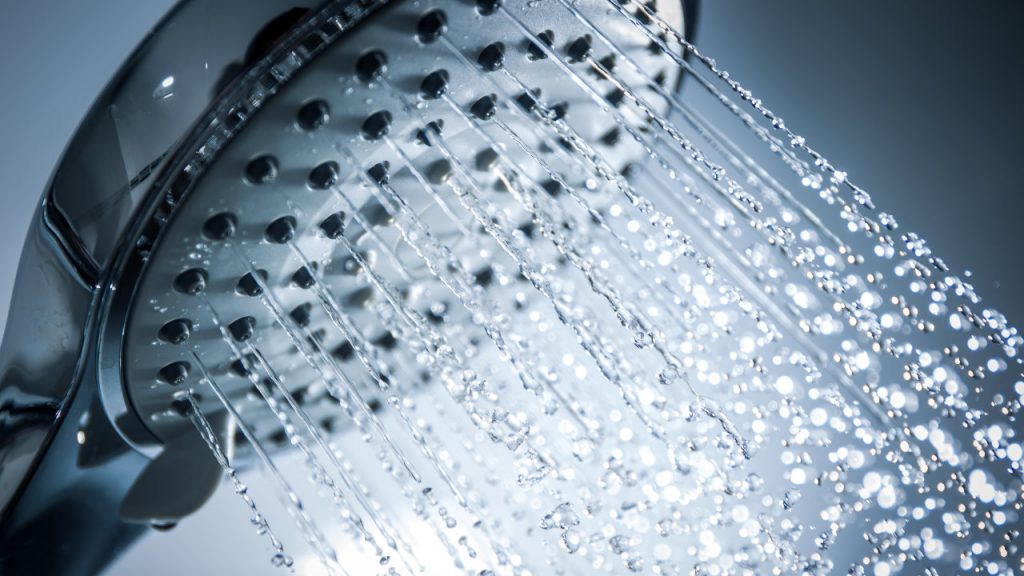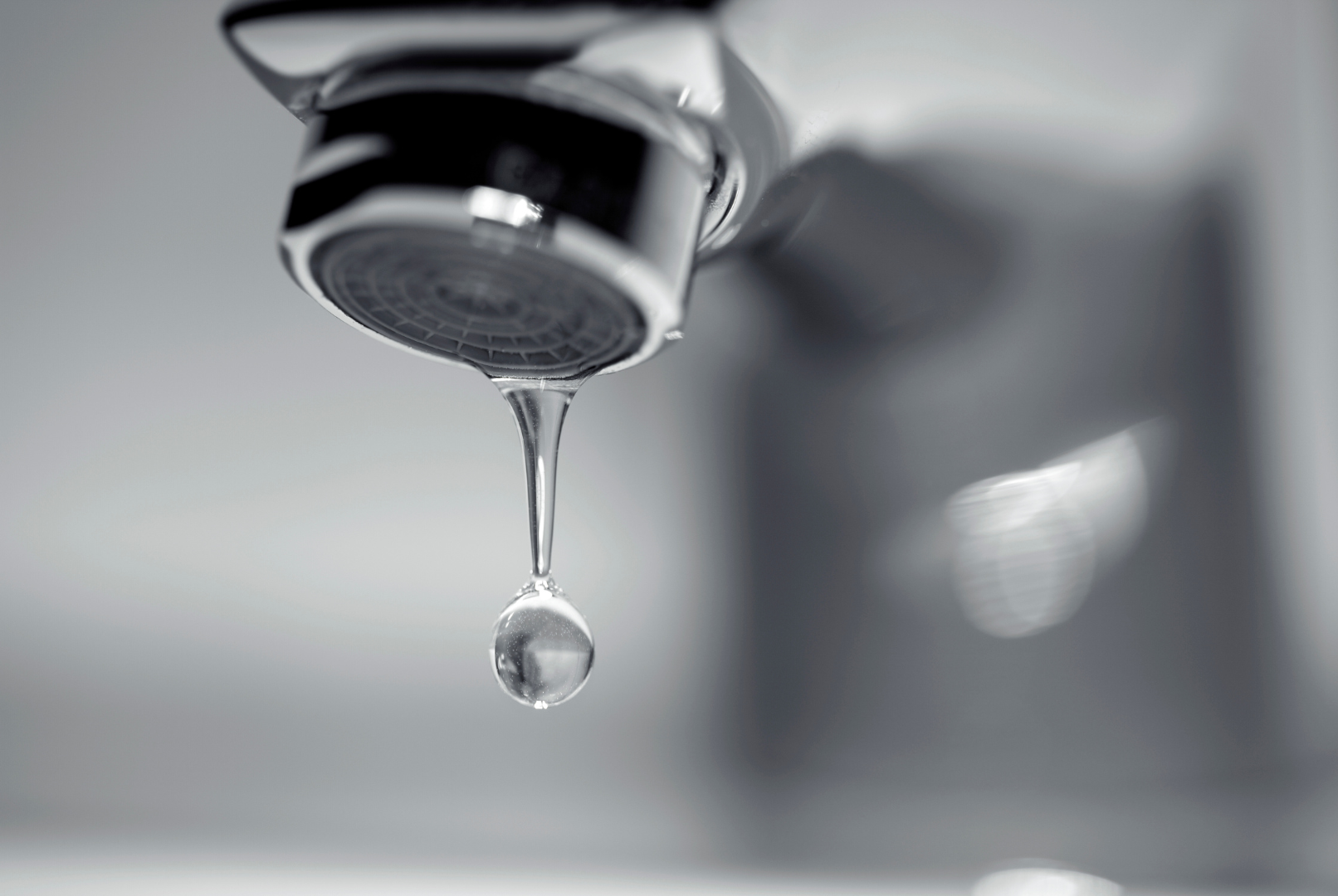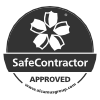Legionella Management: What is a Clean and Disinfection?
The cleaning and disinfection of hot and cold-water storage vessels and down services is a common remedial action in systems which show evidence of contamination or colonisation with Legionella bacteria. But, do you know what constitutes a ‘good’ clean and disinfection of a Hot and Cold-water system? Is it compliant with the appropriate standards? How and when should verification of the disinfection’s effectiveness be completed?

Author
The article was written by Kris Rowland, our Head of Technical, Training and Compliance. Kris has more than 20 years of experience in the industry and is responsible for monitoring our clients’ compliance.
Sign up to our newsletter
Keep up to date with the world of water treatment
In this article we will be taking a holistic look at the cleaning process as documented in HSG274 Part 2, info box 2.7, BS8558:2015 and PD855468:2015 as well as considering additional steps and measures with the aim of improving the outcome for ‘end users’ (typically building owners, operators and Responsible Persons).
Legionella Management: What does a ‘good’ clean look like?
Interestingly when we consult both HSG274 Part 2, info box 2.7 and PD855468:2015 there is a significant lack of detail regarding how to successfully ‘clean’ a cold-water storage vessel other than using a method which does not damage the tank and vacuuming out debris prior to the disinfection stage.
Some points to consider when performing a clean of your water system? could be: –
- Access restrictions to the tank, including potential confined space entry and working at height.
- The physical condition of the tank.
- Creation of a sanitised work area on which cleaned / disinfected components and cleaning equipment may be placed to mitigate risks of cross contamination.
- Type of physical equipment to be used on the surfaces such as brushes (both telescopic and non-telescopic), sponges and vacuums.
- Removal of component parts to assist in both cleaning and access.
- Potential use of appropriate detergents to lift grime from the surfaces and thus make any following disinfection more effective.
Broadly speaking the objective of the ‘cleaning’ stage should be to remove as much physical contamination from surfaces of a storage vessel in an effort to make the disinfection stage more effective. For example, dirt and grime left on the surfaces of a cold water storage tank are likely to reduce the effectiveness of the disinfection as the disinfecting agent can be ‘consumed’ by the organic material present, this results in more disinfectant being added following the clean to achieve and maintain the required concentration of the chemical and potentially the disinfection being ineffective.
In our next article we will be looking at the disinfection stage, what a ‘good’ disinfection looks like, and factors that should be considered when conducting a disinfection in your water system.
View our Legionella Management services here

Our Enhanced Clean and Disinfection
Training Course
Do you understand the effects of pH on the disinfection? Do you know when validation or verification sampling should be carried out?
Our clean and disinfection course is for anybody working with or on water systems in a building. If clean and disinfections are a mystery to you, or you want to stay up-to-date with the current guidance on C&Ds then why not join us on our Enhanced Clean and Disinfection training course.











